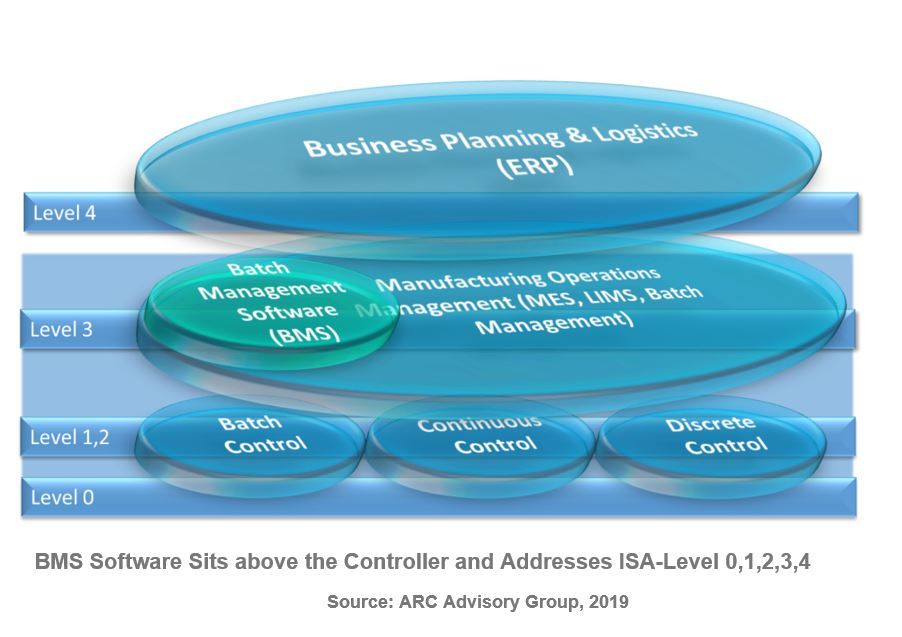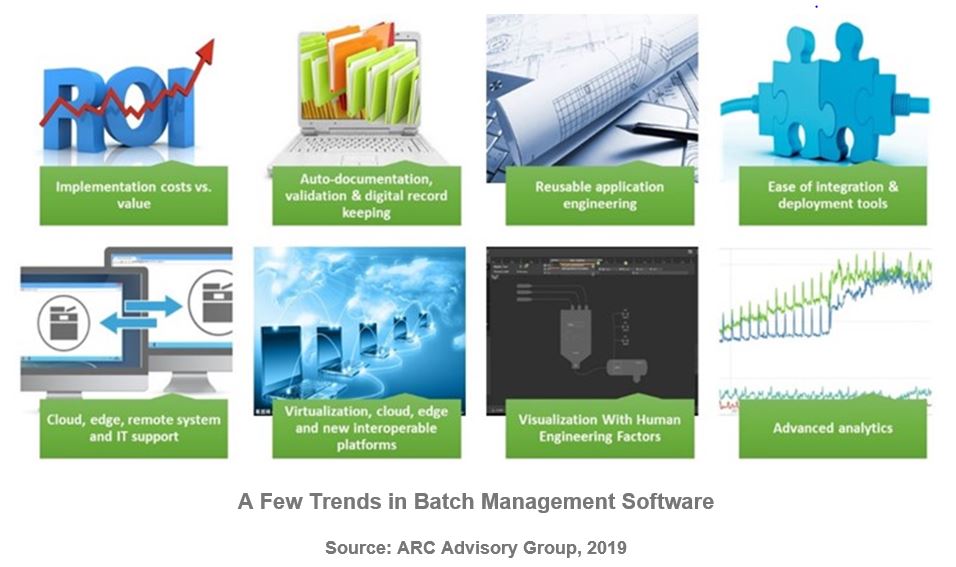

While many folks look to newer technologies and the digital transformation for growth, companies are still purchasing batch management software (BMS), and the usage continues to increase due to many dynamic technical and economic factors, including the use of newer complimentary technologies, such as cloud, edge, predictive analytics, extended reality, interoperability platforms, mobility, and more. Improvements in software simulation and engineering tools also drove growth. While the growth in pharmaceuticals and consumer products is a strong driver, the increase in batch complexity, smaller customized batches, and even batches of one are also driving usage. Suppliers continue to add new features and enhancements driven by newer technologies, such as cloud and edge.

As companies transform digitally, newer Batch Management Software solutions that align with newer secure open platforms are being implemented to improve processes. At an even more fundamental level, Batch Management Software can help users cut costs, increase performance, and drive innovation that can help them bring higher quality products to market more quickly. The trend towards real-time batch manufacturing requires greater integration between the batch management and enterprise software system. System integrators, engineering firms and end users are using the cloud to enable collaboration and make deployment faster and easier.
The batch management software (BMS) market is a niche software market for managing batch production processes. Batch processes are typically complex, particularly during frequent startups and shutdowns. Operators need to be able to quickly identify and respond to abnormal operational conditions. This requires focused concentration, particularly during startup and shutdown when there may be alerts, alarms, manual steps, and other things that the operator must attend to quickly. The distractions that operators often encounter can potentially inhibit their ability to respond to the right events fast enough without the right BMS. It is imperative that workers are able to produce consistently high-quality products that meet regulations and reduce cost, and batch management software helps ensure this.

Even as companies move from batch to continuous processes, there is still a need for clean-in-place in most pharmaceutical and food operations. The software also helps inexperienced workers, because it makes startups and shutdowns more efficient. For inexperienced workers who do not have a lot of startup or shutdown experience, BMS can be instrumental in preventing accidents, equipment failures, and other incidents.
For additional information about the BMS market and technology trends and forecast through 2023 see the recently completed market research on this topic, see “What is Batch Management Software,” ARC’s Batch Management Software Global Market Research and/or ARC’s Batch Management Software Selection Guide.

